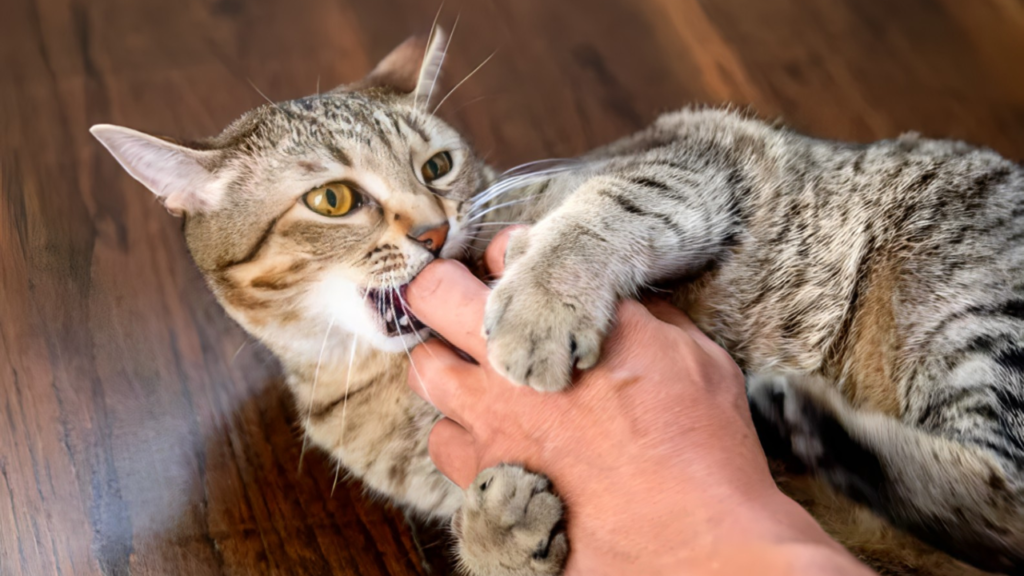
Cats are masters of hiding discomfort or illness, so even subtle behavior changes can signal something more serious. Being observant and proactive can make a significant difference in your cat’s health and well-being. Here are 13 important cat behavior changes you shouldn’t overlook, each highlighting why a trip to the vet might be necessary.
1. Sudden Aggression

Has your ordinarily gentle cat started hissing, swatting, or biting? Sudden aggression towards people or other pets can be a red flag for pain, fear, or illness. Consult your veterinarian to rule out any underlying issues.
2. Changes in Eating Habits
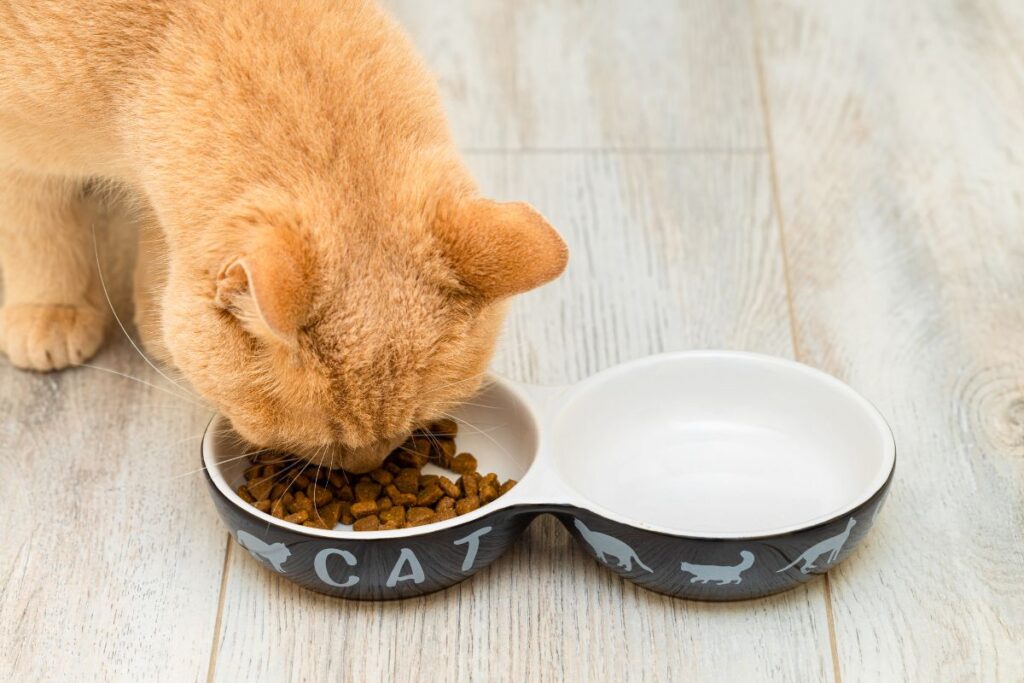
A noticeable increase or decrease in your cat’s appetite is worth investigating. Hyperthyroidism can lead to a ravenous appetite, while dental disease might cause reduced eating. Both scenarios require a vet’s attention.
3. Decreased Playfulness

If your playful kitty turns into a couch potato overnight, it might be experiencing pain or illness. Cats are naturally curious and active, so a sudden decrease in playfulness is a significant behavior shift.
4. Increased Hiding
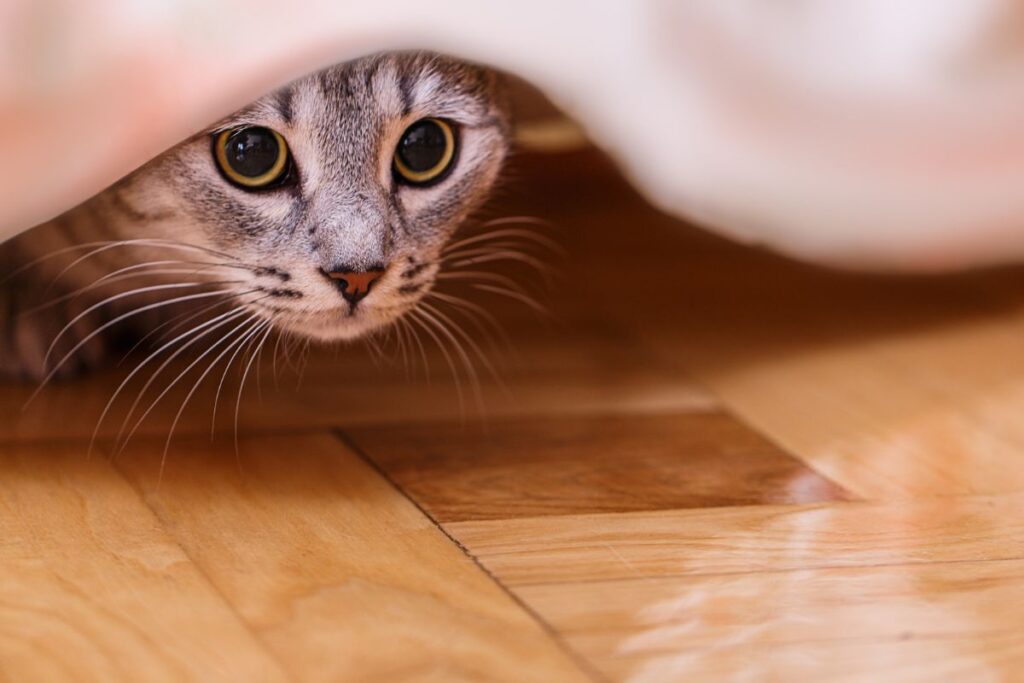
Cats often hide when stressed, scared, or feeling unwell. If your cat spends more time under the bed or in hard-to-reach places, it’s a sign that something might be wrong.
5. Elimination Outside the Litter Box
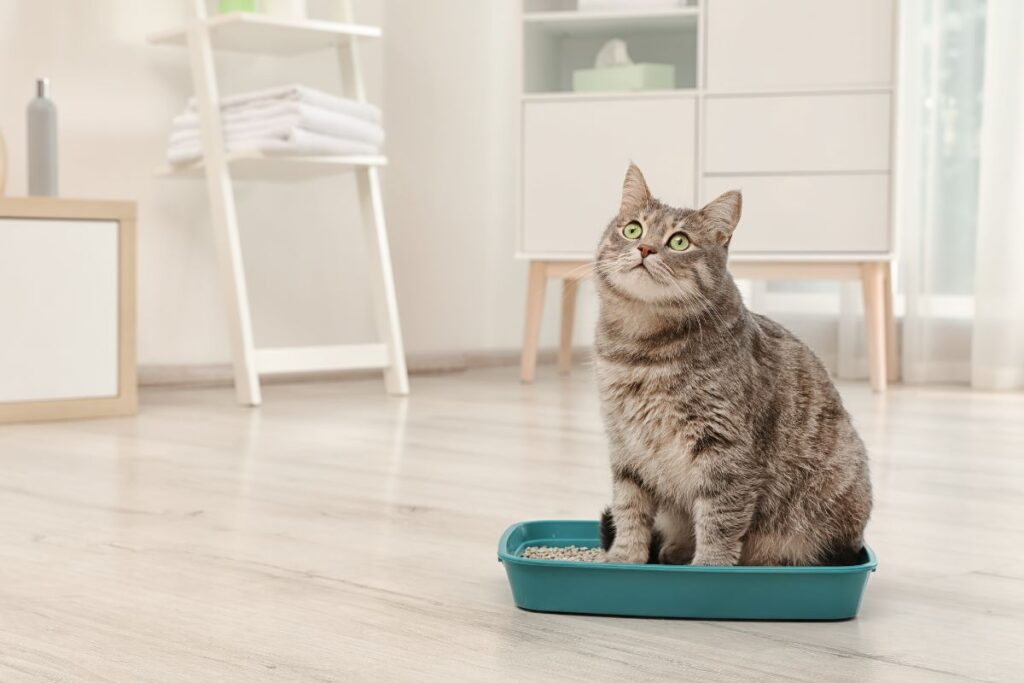
When cats stop using their litter box, it can signal urinary tract issues, stress, or dissatisfaction with the litter box itself. Keep an eye on any changes and consult your vet.
6. Changes in Grooming Habits
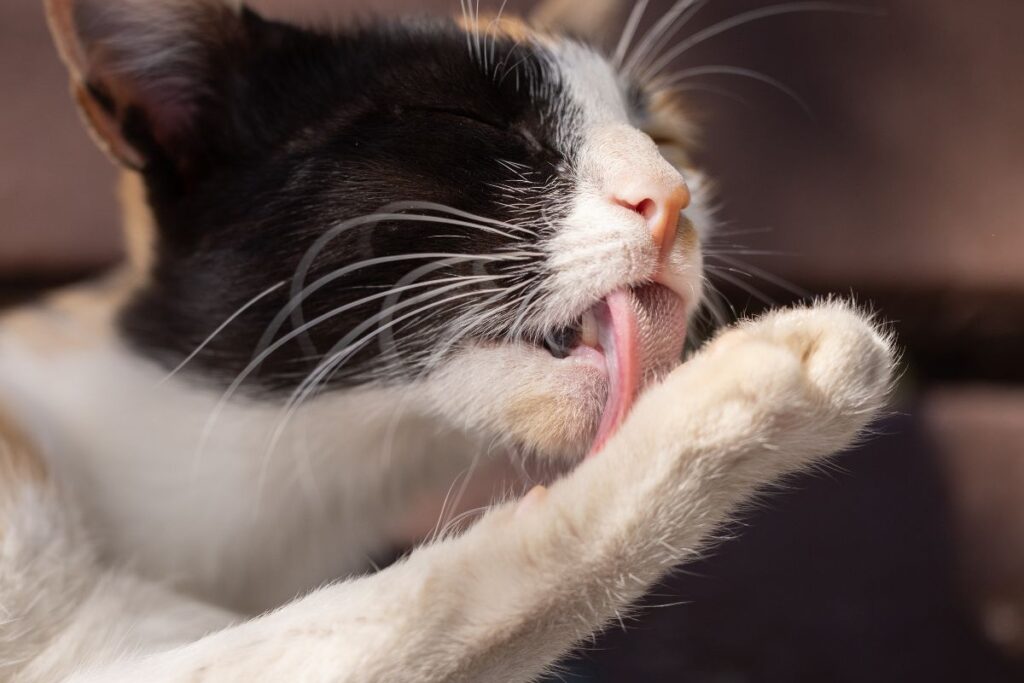
Both excessive grooming and reduced self-grooming can indicate health problems. Over-grooming may lead to bald spots, while neglecting grooming can result in a greasy, matted coat.
7. Altered Sleeping Patterns
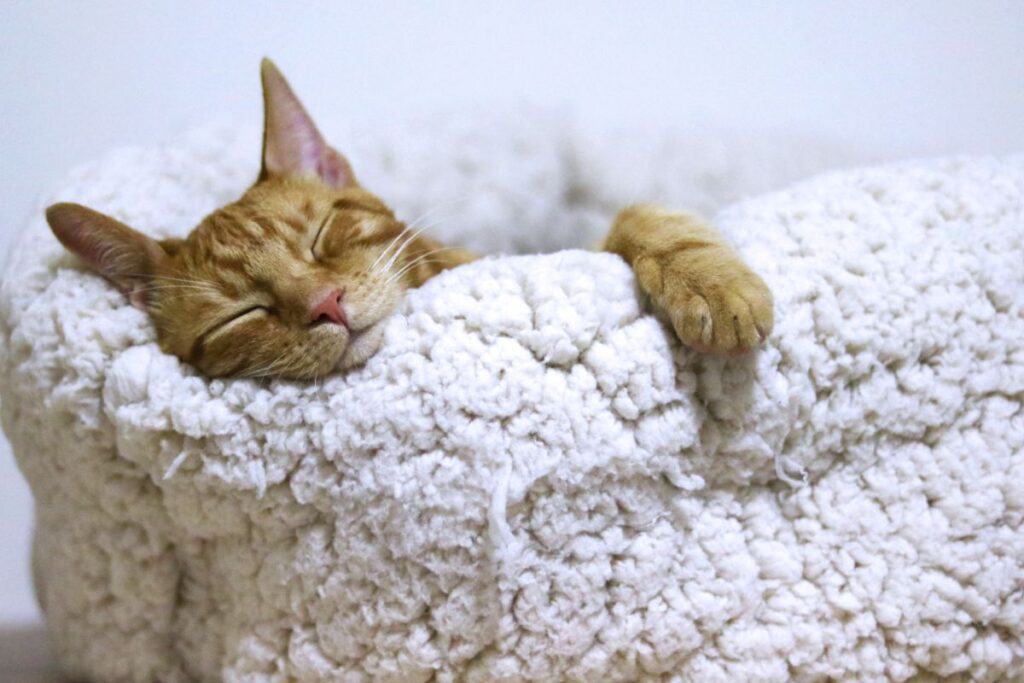
Cats sleep a lot, but if your cat sleeps more than usual or becomes overly active at night, it could indicate health issues like hyperthyroidism or cognitive dysfunction.
8. Increased Vocalization
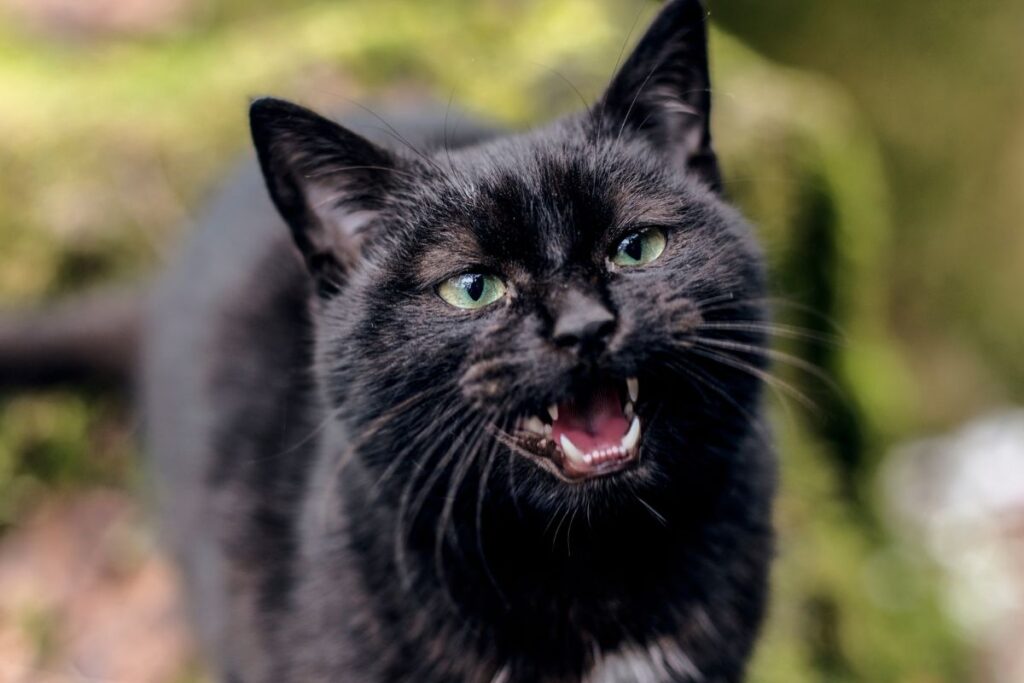
Excessive meowing, yowling, or crying, especially at night, can signal distress or cognitive dysfunction. This behavior is common in older cats but should always be addressed by a vet.
9. Panting
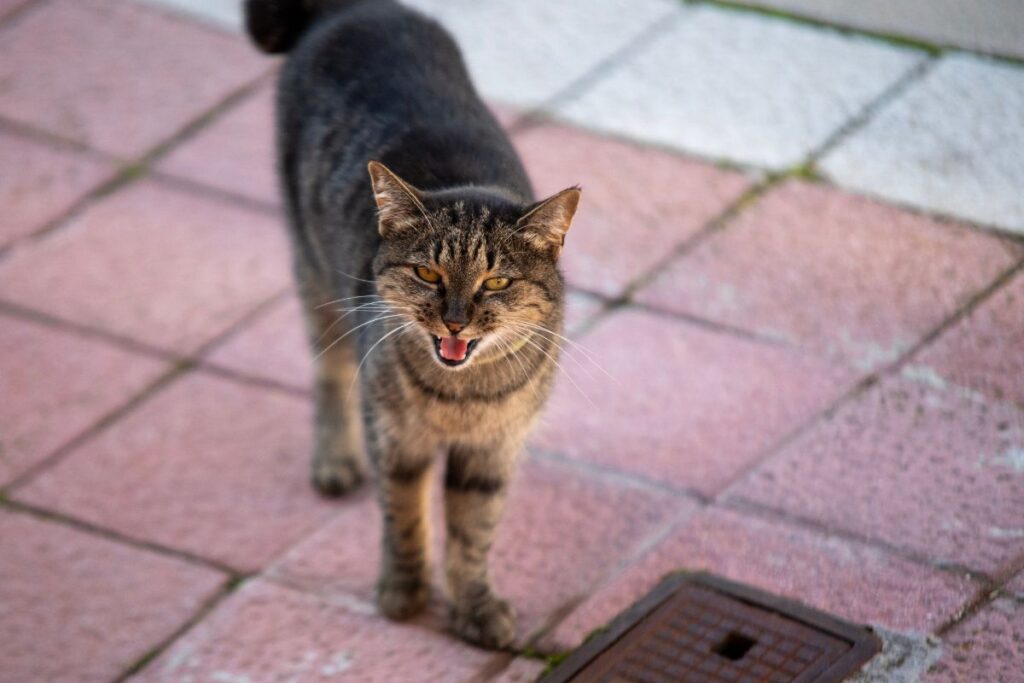
While rare in cats, panting can indicate stress, overheating, or respiratory issues. If you observe this behavior, seek veterinary advice immediately.
10. Changes in Water Consumption
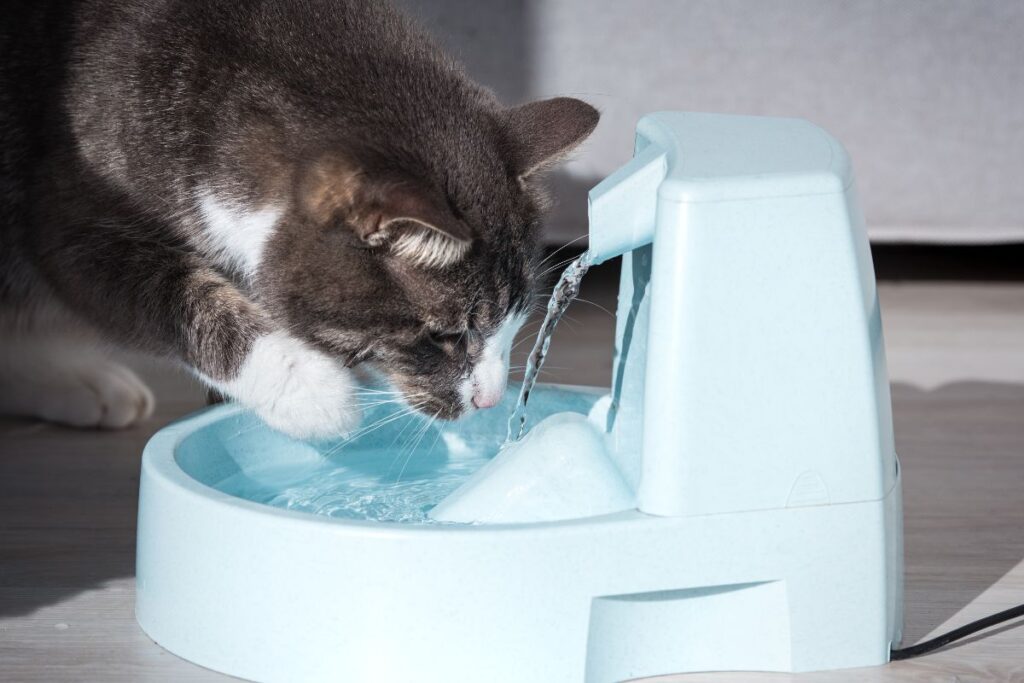
Increased thirst might signal health conditions such as kidney disease or diabetes. Monitoring your cat’s water intake can provide early clues to potential issues.
11. Unexplained Weight Loss

If your cat loses weight despite eating well, it could indicate hyperthyroidism, diabetes, or gastrointestinal problems. Unexplained weight loss warrants a vet visit.
12. Reluctance to Move
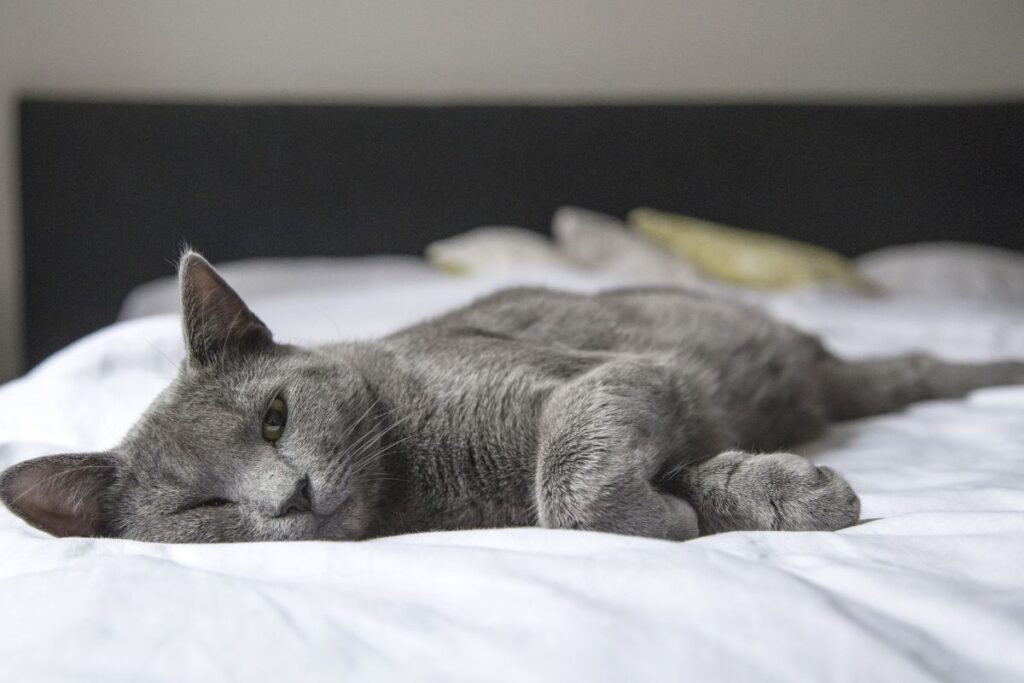
If your cat becomes less active or reluctant to jump or climb, it may be experiencing pain or mobility issues, possibly due to arthritis or injury. Early detection is key.
13. Excessive Scratching or Itching
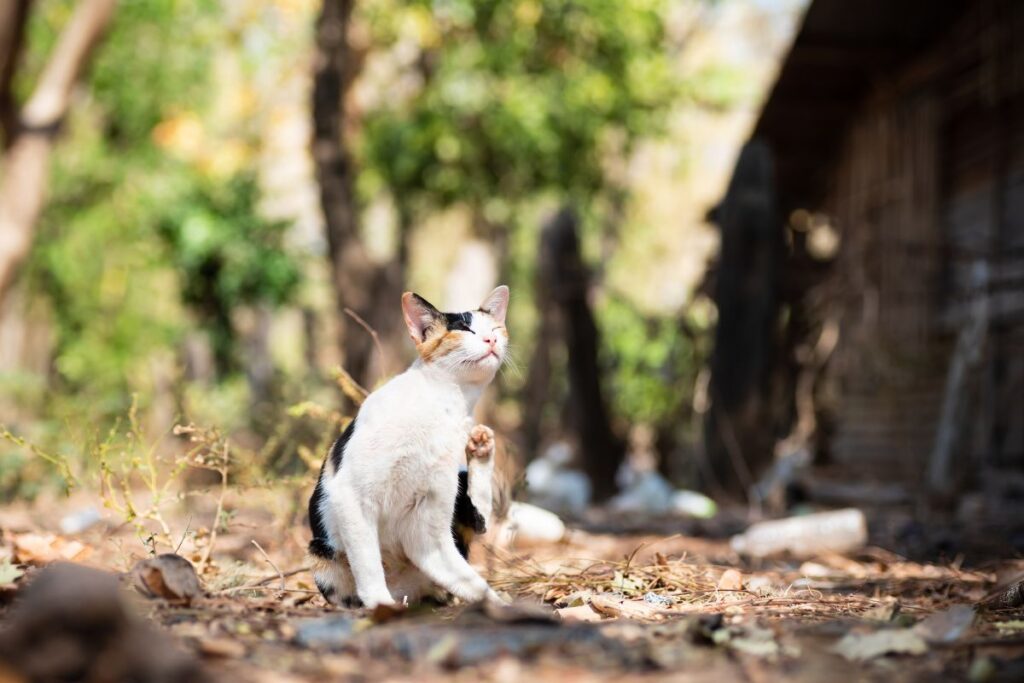
If your cat suddenly starts scratching more than usual, it might have parasites like fleas or mites, or even skin allergies. Persistent itching needs veterinary attention to identify and address the cause. Staying attuned to these behavior changes can significantly impact your cat’s well-being. Early detection and intervention are vital to addressing health issues before they become severe. Your vigilance ensures your furry friend stays happy and healthy for years to come.
Stay connected with us for more stories like this! Follow us to get the latest updates or hit the Follow button at the top of this article, and let us know what you think by leaving your feedback below. We’d love to hear from you!







